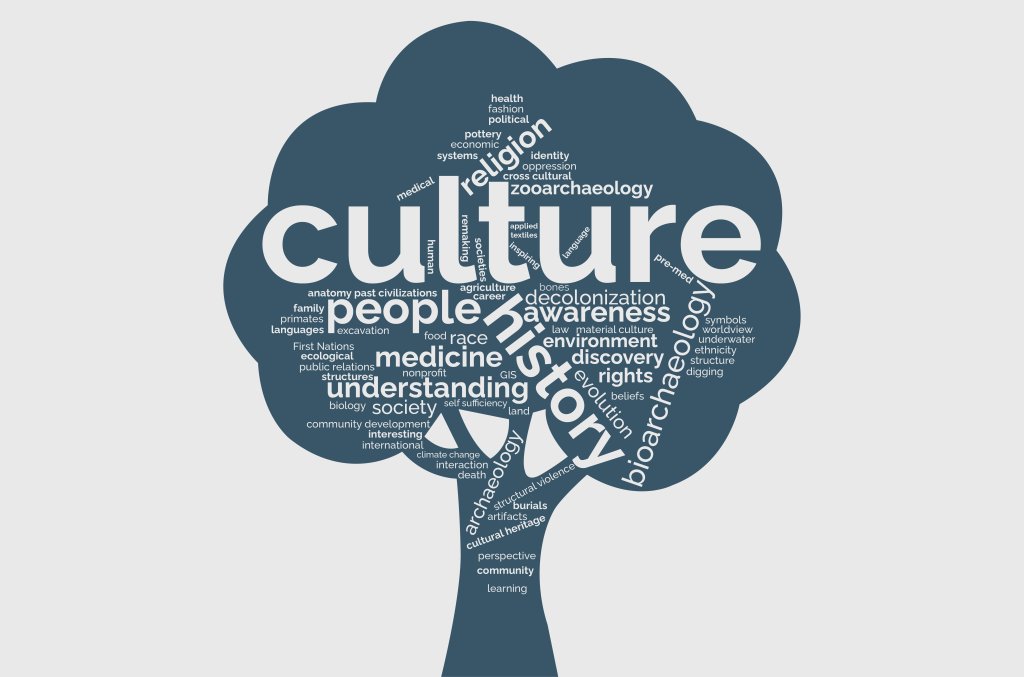Enhancing the Information Architecture of your UX Design with Card Sorting
A good UX design gains popularity because of its visual appeal and how easily users can find what they’re looking for. A website’s top usability problem is that content is structured based on what makes sense to the company and not the end-users.
Card sorting is one of the primary ways to sort out the navigation scheme or structure of an app, website, or prototype that best matches the users’ mental model or conditioning.
It represents how they navigate and expect content to be categorized and grouped.

